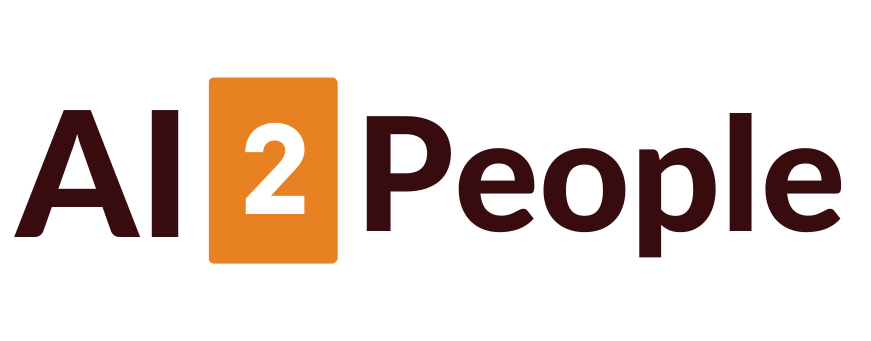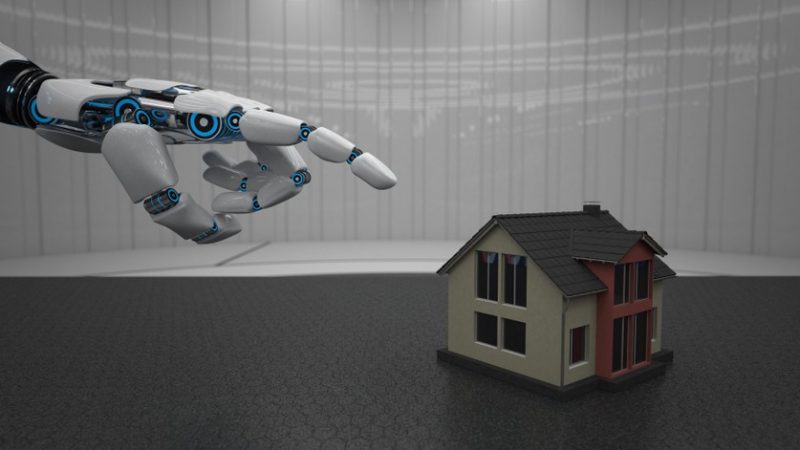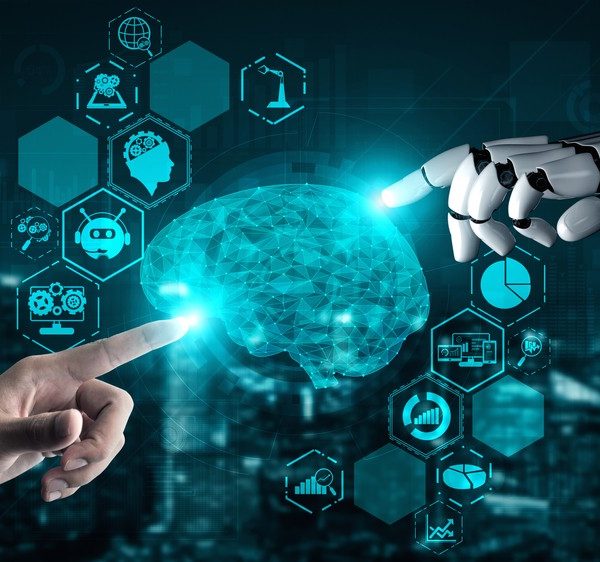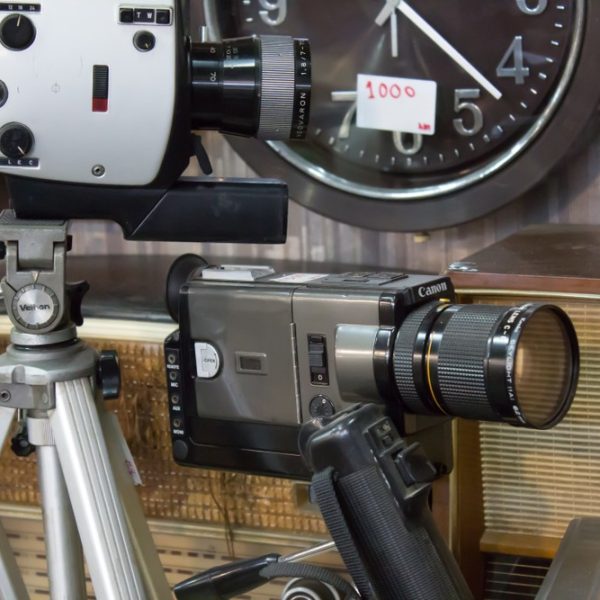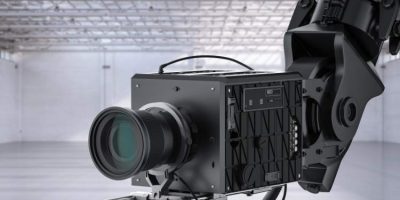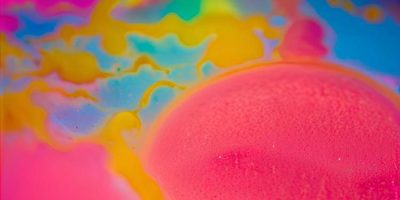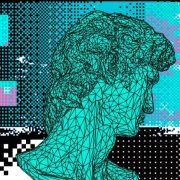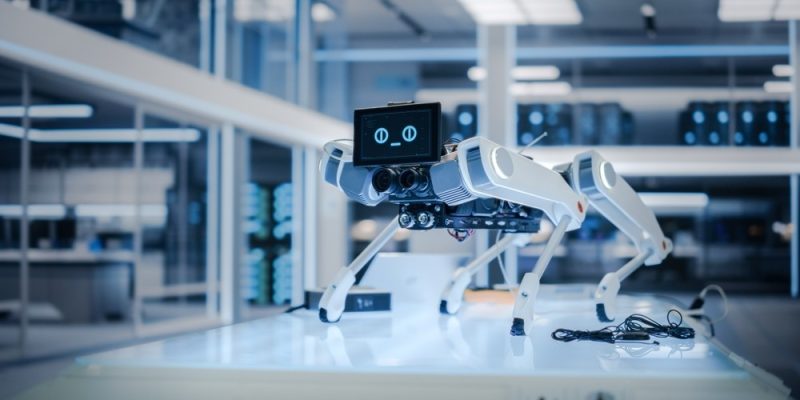
Lidar Robotics
LiDAR technology has been rapidly evolving and is now increasingly affordable, providing new opportunities for its use in various applications. One of the key applications where LiDAR is making a significant impact is in robotics and autonomous vehicles. In this article, we will explore how LiDAR is revolutionizing these fields and its potential for the future.
What is LiDAR?
LiDAR is a remote sensing technology that stands for Light Detection And Ranging. It uses lasers to measure distance by emitting short pulses of laser light and then measuring the time it takes for the light to bounce back off an object. This information can be used to calculate the distance between the sensor and the object.
LiDAR in Robotics
LiDAR sensors are often used in robotic vision systems because they are capable of measuring distance and detecting objects in 3D. This makes LiDAR ideal for applications, such as obstacle avoidance and navigation in dynamic environments. The ability to scan the world in three dimensions and generate 3D models of everything from people to animals to plants is also a significant advantage of LiDAR technology.
LiDAR can also be used for motion detection and has a long list of potential applications in the field of robotics. For example, it can be used for industrial automation, where it can detect objects and guide robotic arms to perform specific tasks. LiDAR can also be used for precision agriculture, where it can help farmers to monitor crop health and optimize yields.
Read Also: AI in Home Security: Revolution or Big Risk?
LiDAR in Autonomous Vehicles
LiDAR is a key component of autonomous vehicles, as it allows them to detect and avoid obstacles in real-time. The ability to map the environment in 3D using LiDAR sensors is crucial for safe navigation in dynamic environments.
The adoption of LiDAR technology in autonomous vehicles is not new, but recent advances in sensor technology and computing power have made LiDAR much more practical. For example, the Velodyne HDL-64E LiDAR sensor can generate up to 1.3 million points per second, providing a significant increase in data rate compared to earlier generations of LiDAR sensors.
The increase in data rate has made LiDAR much more practical for a variety of new applications, such as object detection and tracking in autonomous vehicles. This is crucial for autonomous vehicles to function safely, as they need to be able to detect and avoid common obstacles.
Read Also: Do Self-Driving Cars See in Bad Weather?
Context on LiDAR Adoption
Although LiDAR technology was invented in the 1960s, it has only recently become more widely used due to advances in sensor technology and computing power. LiDAR data is very large in context, and early sensors could not generate enough data to be useful. However, recent advances have made LiDAR much more practical, opening up new opportunities for its use.
LiDAR in Robotics: Enhancing Vision and Navigation
Robotic vision systems have become increasingly important in various industries, including manufacturing, logistics, and healthcare. To navigate in dynamic and complex environments, robots need accurate and reliable sensing technologies. LiDAR sensors have emerged as a crucial component of many robotic systems due to their ability to detect objects in 3D and measure distances with high precision.
LiDAR for Obstacle Avoidance and Navigation
One of the key advantages of LiDAR in robotics is its capacity for obstacle avoidance and navigation. By using LiDAR sensors, robots can detect objects and obstacles in their surroundings and plan their movements accordingly. This is particularly useful for robots operating in environments with moving objects, such as warehouses or hospitals. LiDAR sensors can also provide accurate distance measurements, allowing robots to navigate through narrow and complex spaces with ease.
Read Also: Artificial Intelligence in Cars: Uses of AI in the Auto Industry
LiDAR for Deep Learning and Training Data Sets
LiDAR is also an ideal solution for deep learning applications, as it can generate 3D models that provide valuable training data sets. This helps robots to recognize and classify objects in their environment more accurately. Additionally, LiDAR can be combined with other sensor technologies such as cameras and IMUs to provide a more comprehensive understanding of the world.
Machine Vision and LiDAR Data
LiDAR data can easily be converted into a 2D point cloud, making it simpler to implement machine vision to machine learning. However, extracting features from 3D point clouds can be challenging, and ongoing research is being conducted to improve machine vision solutions. By integrating LiDAR with other sensors, robots can gain a more complete understanding of their environment, leading to improved accuracy and performance.
LiDAR and Autonomous Robots
Autonomous robots are increasingly being used in a wide range of industries, including manufacturing, healthcare, and logistics. LiDAR is playing a significant role in this trend by providing robots with precise sensing capabilities. Many autonomous mobile robots are equipped with LiDAR sensors to help them navigate their surroundings with ease. This is especially crucial for robots operating in dynamic environments such as hospitals and warehouses.
Possibilities for the Future of LiDAR Technology: Exploring Applications in Various Industries
LiDAR technology has been rapidly evolving, and it holds great potential for many different applications. The technology has also become more affordable, making it accessible for various industries. In the future, we can expect to see LiDAR being used in a wide range of approaches and industries, including construction, logistics, and even medicine. Moreover, as LiDAR technology continues to become more affordable, we will likely see it being used in more consumer products, such as smartphones and drones.
LiDAR for Better Augmented Reality Experiences and Imaging
Apple has already incorporated a LiDAR sensor into their iPhones, which offers a better-augmented reality experience. Additionally, the sensor also helps in capturing high-quality images and videos. Another unique application of LiDAR is in security, where it is being used to detect intruders in large facilities or parking lots.
LiDAR technology offers many potential applications, and here are some examples:
- Monitoring Environmental Conditions
LiDAR technology can help in monitoring environmental conditions such as air quality, temperature, and humidity. This can be particularly useful in industries such as agriculture and forestry.
- Re-mapping Terrain
LiDAR can be used to re-map terrain accurately. This can be particularly useful in construction and civil engineering industries.
- Surveying Land
LiDAR technology can also be used to survey land for various purposes such as urban planning, archaeology, and forestry.
- Navigating Autonomously
LiDAR can help in navigating autonomous vehicles such as drones and self-driving cars. It provides a high level of accuracy in mapping and object detection, making it an essential technology for autonomous vehicles.
- Capturing Better Images
LiDAR technology can help in capturing better images, particularly in low-light conditions. It can provide a high level of accuracy in depth perception, resulting in better-quality images.
- Improving Augmented Reality Experiences
LiDAR technology can significantly improve augmented reality experiences by providing a more accurate representation of the environment. This can be particularly useful in industries such as gaming and retail.
Conclusion
In conclusion, LiDAR technology has proven to be a versatile and powerful technology with a bright future. With its many groundbreaking advancements and advantages, we can expect to see LiDAR being used in a variety of new and exciting ways in the years to come. LiDAR has already demonstrated its potential in various industries and applications, and it is likely that we will see even more in the future. As the technology continues to evolve and become more affordable, the possibilities for the future of automation using LiDAR are limitless.
